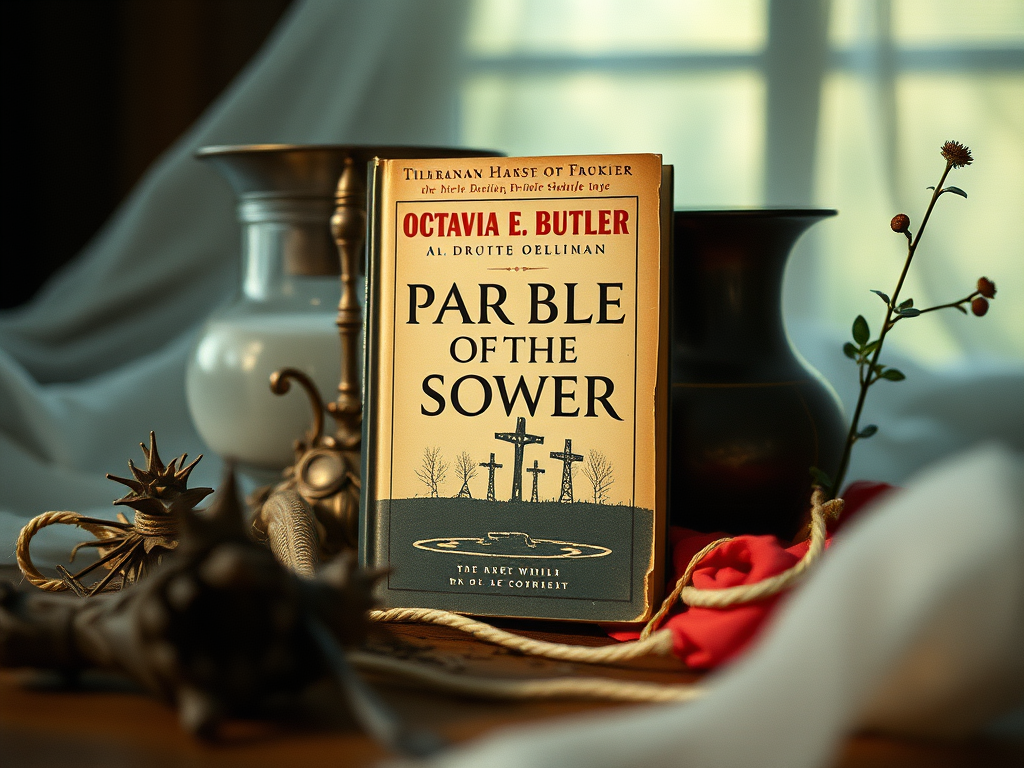
This might be one of my favourite classics of all time: The day of the triffids. It is a post-apocalyptic story written by John Wyndham in 1951. The protagonist Bill Mason wakes up in a hospital with bandages over his eyes. Because of an accident he had to undergo an operation to save his sight. But when removing the blindfold, he discovered that everyone has been blinded.
The widespread blindness crippling a significant portion of society is a consequence of an extraordinary green meteor shower. Initially, it was anticipated as a breathtaking spectacle but Mason found himself unable to witness its wonders. Now, the cruel irony unfolds as it becomes apparent that those who spectated the comets are now plunged into darkness, victims of an unforeseen and devastating twist of fate.
As if the affliction of blindness wasn’t dire enough, the world’s population also grappled with the ominous presence of ‘triffids’—genetically engineered plants originally cultivated for their extensive use in oil production. In a sinister turn of events, these plants exploited the vulnerability induced by the widespread blindness epidemic, launching relentless attacks when people were at their most defenseless, leaving them helpless and unable to defend themselves.
As Mason wanders through the apocalyptic streets of London, he crosses paths with fellow sighted individuals. Among them is Josella, a young woman whose presence proves to be a turning point. Recognizing the strength in unity, Mason and Josella decide to join forces, realizing that their chances of survival are significantly enhanced by combining their strengths.
Together they encounter several groups attempting to survive and rebuild society. The first group they meet is a group who tries to make as many seeing people as poissible by creating a polygamous society. But after some time, he and Josella are kidnapped and forced to lead groups of blind people to find resources, by creating chain gangs. As they had both to guide different groups, this event leaded to them being splitted from each other.
This story shows the shocking psychological and social impact of sudden loss of vision. Here people cope with it in different ways, for example by being in a complete state of panic, or trying to survive by working together. It raises also moral dilemmas for the people who are still able to see. One faction tries to survive by only helping fellow sighted individuals, while the other faction places the responsibility on the sighted to assist the blind, prompting reflection on ethical considerations amidst the chaos.
As Mason guids us through this dystopian world, we witness the breakdown of social order and the emergence of new power dynamics. The narrative questions human nature and the fragility of civilization in an interesing way, emphasizing that the real threat might not be the Triffids themselves but humanity’s inability to unite in the face of a common enemy.
Concluding, with so many insights in the functioning of society in different circumstances, I am certainly inclined to delve into its pages again, as the depth of its insights promises continued discovery and appreciation with each reread
My rating for this book is:







Leave a Reply